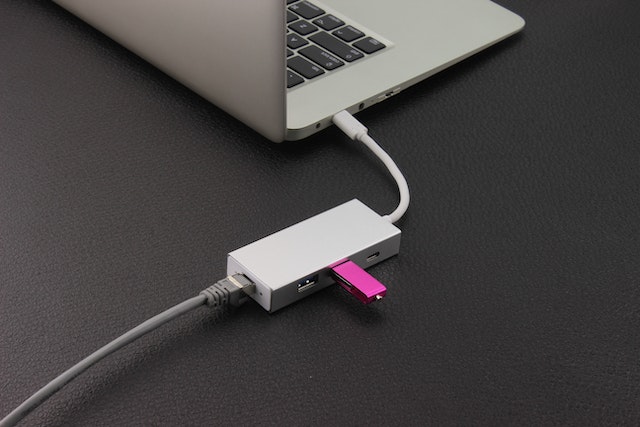Introduction:
In the world of connectors, the D-sub connector is a familiar and versatile component that has been widely used in various industries for decades. Whether you’re an electronics enthusiast, an engineer, or just someone curious about the technology that surrounds us, this guide will help you gain a comprehensive understanding of the D sub connector. We will explore its history, types, applications, and much more. So, let’s dive in!
1. A Brief History of the D-Sub Connector:
The D-sub connector, short for “D-subminiature” connector, has a rich history dating back to the 1950s. It was developed by Cannon (now part of ITT Corporation) and has since become a staple in the electronics industry. Its name “D-sub” is derived from its distinctive D-shaped metal shell, which provides mechanical support and shielding for the pins inside.
2. Anatomy of the D-Sub Connector:
Understanding the components of a D-sub connector is essential. The key parts include:
a. Metal Shell: The D-shaped metal housing that encases the connector.
b. Pins: The male or female pins that facilitate electrical connections.
c. Hoods: The plastic or metal covers that protect the pins and provide strain relief.
3. Common Types of D-Sub Connectors:
D-sub connectors come in various sizes and pin configurations, commonly referred to by their shell size and pin count. The most common types include:
a. DB-9: 9 pins, often used for RS-232 serial communication.
b. DB-15: 15 pins, frequently found in VGA video connections.
c. DB-25: 25 pins, historically used for parallel ports and other applications.
4. Applications of D-Sub Connectors:
D-sub connectors have a wide range of applications across different industries, including:
a. Computers and IT: Used for serial and parallel ports, VGA and HDMI connectors, and more.
b. Aerospace: Used for connecting avionics and instrumentation.
c. Industrial Automation: Commonly employed in control systems and robotics.
d. Audio/Video: VGA, SVGA, and DVI connectors for video signals.
e. Telecommunications: RS-232 connections for data transfer.
5. Advantages of D-Sub Connectors:
D-sub connectors offer several advantages, including:
a. Robustness: Their sturdy construction ensures durability and longevity.
b. Shielding: The metal shell provides excellent electromagnetic interference (EMI) shielding.
c. Versatility: They come in various sizes and pin configurations, suitable for many applications.
6. Challenges and Limitations:
While D-sub connectors have their merits, they also have some limitations, such as:
a. Size: Larger D-sub connectors can be bulky and take up valuable space.
b. Pin Density: Limited pins can be a constraint in high-density applications.
7. The Future of D-Sub Connectors:
As technology evolves, D-sub connectors face competition from smaller, more compact connectors like USB, HDMI, and DisplayPort. However, they continue to find their niche in legacy systems and applications that benefit from their durability and EMI shielding.
